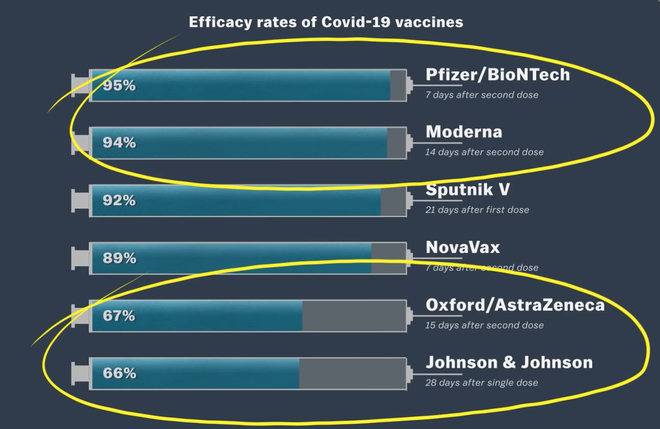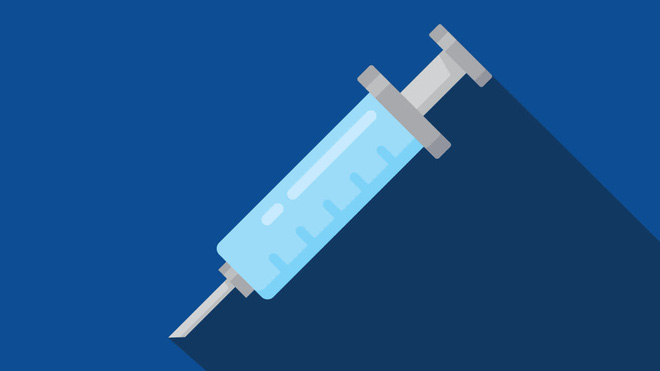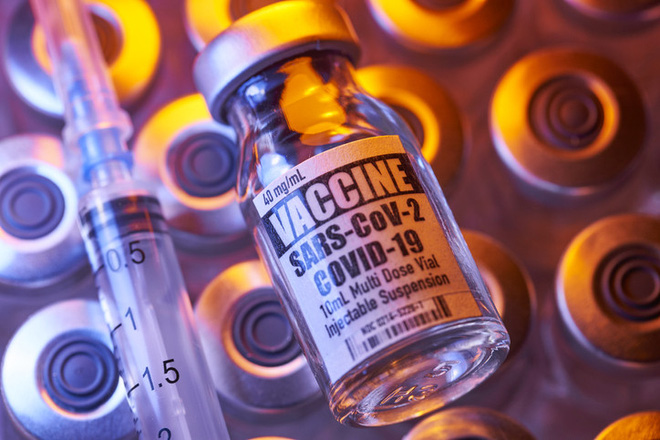It turns out that we’ve all been so misinterpreted about the so-called “effectiveness” of vaccines: Why can’t Covid-19 vaccines be compared?
- Tram Ho
In early March 2021, the city of Detroit (Michigan, USA) is about to receive a shipment of 6,200 doses of vaccine from Johnson & Johnson. But surprisingly, the mayor of the city – Mr. Mike Duggan flatly refused. He said he would only trust the Pfizer/BioNTech and Moderna vaccines, because those are the best .
Duggan’s point is related to the so-called “preventive efficacy ratio” of vaccines. Accordingly, Pfizer’s vaccine has this index up to 95% by 7 days after the 2nd dose. Moderna’s is 94% by 14th day after the 2nd dose. For comparison, Johnson & Johnson’s is 66%, after 28 days. .
And if you just look at such indicators, it can be seen that AstraZeneca and Johnson & Johnson have the worst performance, compared to the top group as shown in the picture below!

Image source: Vox
But the problem is that the assumption about vaccine effectiveness, based on this indicator alone, is completely wrong. Things are not as simple as that, and we have misunderstood what the “effectiveness” of vaccines is.
How companies calculate the “effectiveness index” of vaccines
The vaccine’s effectiveness index is calculated through large-scale clinical trials, when companies conduct tests on tens of thousands of people. Participants will be divided into two groups: half receive the vaccine, and the other half receive a placebo.
After the injection, all returned to normal life but were closely monitored by experts for several months, to see if they had contracted Covid-19!
As the clinical trial of Pfizer was done on 43,000 people. By the end, 170 people were positive for Covid-19. But the important thing lies in how these 170 people are distributed into the two groups above to get the vaccine’s effectiveness index.

The effectiveness of the vaccine lies in the distribution of infection rates in the vaccinated and non-vaccinated groups (Image: Vox)
If the distribution is 50-50 (85 people in each group), that means that the vaccinated person has the same risk of infection as the non-injector, and the effectiveness index is 0%. If the placebo group is complete, the effectiveness rate is 100%. In the case of Pfizer, as many as 162 people were infected in the non-injection group, and only eight in the vaccinated group, so the effectiveness rate was 95%.
But this 95% figure is also misleading. It does not mean that for every 100 people vaccinated, 5 people will become infected. This is an individual rate – the person who gets the injection has a 95% lower risk of infection than the non-injector if they are unfortunately exposed to the pathogen. This is also the way that all vaccine companies now use to calculate their effectiveness rate.
Why can’t vaccines be compared?
Simply because clinical trials of each vaccine are done under completely different conditions.
“One of the most remarkable things when we look at these numbers (effectiveness rates), is the timing of the clinical trials,” said Deborah Fuller, a biologist from the University of Washington (USA). ) Speak up.

Take for example the three vaccines Pfizer, Moderna and Johnson & Johnson. The chart below shows that the clinical trial of Pfizer and Moderna fell in August – November 2020, when the epidemic in the US was cooling down. Johnson & Johnson, on the other hand, did clinical trials from mid-November to late January 2021, when the number of infections skyrocketed, meaning that the participants’ exposure to the disease was much higher.

Case chart and clinical trial phase of 3 vaccine companies in the US (Source: Vox)
In addition, Johnson & Johnson also conducts clinical trials in other countries such as South Africa and Brazil. These places not only have higher infection rates, but also different strains (such as the South African variant B.1.351, and Brazil’s P.2). Johnson & Johnson’s trial fell at a time when strains emerged and became dominant in selected countries, all of which were more infectious.
Figures show that 67% of clinical trial candidates infected in Africa are the work of a new strain, not the strain that raged in the US during the summer of 2020. But regardless. , the efficiency rate remains at 64%.
“If we want to compare two vaccines against each other, we will need to compare them in the same trials, under the same conditions, at the same time and place,” – expert Amesh. Adalja from Johns Hopkins University said.
“If we asked Pfizer and Moderna to repeat the clinical trial under the same conditions as Johnson & Johnson, we would see very different efficacy rates,” added Fuller.
In other words, a vaccine’s effectiveness index only tells us what happened in the clinical trial of each type, not quite what happens in practice.
The prevention effectiveness index is not the real purpose of the Covid-19 vaccine
Some experts even say that these are not the best indicators to assess the effectiveness of a vaccine. Because stopping the whole possibility of infection is not the main goal of vaccination programs.
“The purpose of current Covid-19 vaccination programs is not to bring the world to a ‘case-free’ level, but to contain the virus, make it less dangerous, reduce its ability to cause symptoms. severe symptoms, reducing the need for hospitalization, and reducing deaths,” – quoted Adalja.
For example, for a normal person, the ideal situation is not to get infected, and the worst is to get infected and die. But the pandemic is not so simple. In between are many other landmarks: infection without symptoms, mild symptoms, severe symptoms, hospitalization and death.

In the most ideal situation, the vaccine will help us completely prevent the possibility of infection. But in practice, it’s completely unfeasible and not what vaccination programs aim for. The real goal is to provide enough human immunity to avoid the 3 worst-case scenarios, returning Covid-19 to a flu-like illness, instead of something that would force you to be hospitalized. can return again.
And guess what, that goal is something that all current vaccines do, even very well. Across all clinical trials, while the unvaccinated group had hospitalizations and deaths, no one who got infected was hospitalized (and no one died).
“One thing I want people to understand is that all vaccines are 100 percent effective at preventing death,” Fuller said.
The effectiveness of the vaccine’s ability to block the virus is important, but not the most important. What you should be concerned about is not which vaccine will help prevent disease, but which vaccine will help you survive, or not have to be hospitalized if infected. And the answer is all current vaccines, whether Pfizer, Moderna of the US, AstraZeneca of the UK, or Sinopharm of China.
Source: Vox
Source : Genk
